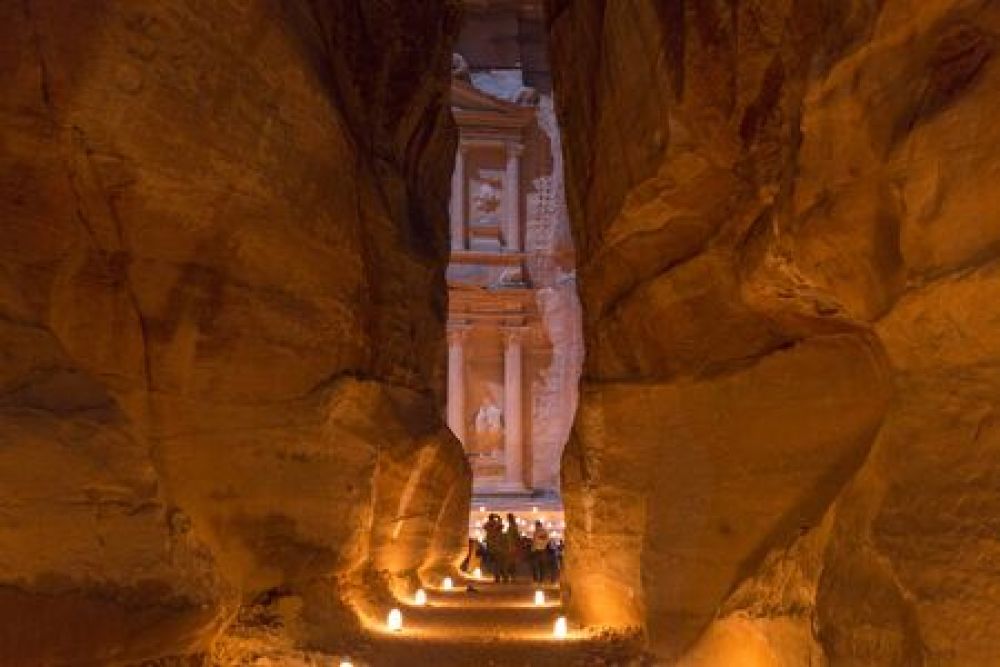

The ancient city of Petra, situated in the southern region of Jordan, has been an alluring destination for explorers, archaeologists, and tourists alike for centuries. One of the most iconic and photographed monuments in Petra is Al-Khazneh, also known as The Treasury. Carved directly into the pink sandstone cliff face, it epitomizes the engineering marvels of the ancient Nabatean civilization.
The history of tourism at Al-Khazneh can be traced back to the early 19th century. It was in 1812 when Swiss explorer Johann Ludwig Burckhardt introduced Petra and Al-Khazneh to the Western world. Disguising himself as an Arab and adopting the name Sheikh Ibrahim ibn Abdallah, Burckhardt managed to convince his guides to take him to the site, which was then known primarily to local Bedouins.
Since its rediscovery, Al-Khazneh has captured the imaginations of many, leading to a surge in scholarly interest and tourism. Archaeologists from around the world flocked to Petra to uncover more about its history and the people who built it.
Throughout the 20th century, Jordan invested in developing the infrastructure around Petra to cater to international tourists. The rise of global travel and the allure of the mysterious ruins led to a steady increase in visitors. Al-Khazneh, in particular, became a symbol of Petra in travel literature and media, appealing to a wide audience with its stunning façade and rumored connections to ancient treasures.
The release of the popular Hollywood film Indiana Jones and the Last Crusade in 1989 brought Al-Khazneh and Petra into the limelight as a major tourist attraction. Its depiction as the entrance to the final resting place of the Holy Grail significantly boosted tourism.
Given its status as a UNESCO World Heritage Site since 1985, efforts have been made to preserve Al-Khazneh and its surroundings. In recent years, the focus has shifted towards sustainable tourism to ensure that this ancient treasure can be enjoyed by future generations without compromising its structural integrity or the natural environment.
The latest trends in tourism at Al-Khazneh reflect a desire for authentic and immersive experiences. Tourists are now seeking out guided tours that offer insights into the history and culture of the Nabateans, including night walks featuring the Treasury lit by candlelight. The use of advanced technology, such as augmented reality apps, is also enhancing visitor engagement and learning.
The story of Al-Khazneh is one of mystery, rediscovery, and amazement. Continuing to attract visitors from all corners of the globe, it remains a testament to the ingenuity and artistry of an ancient civilization that thrived in the heart of the desert.